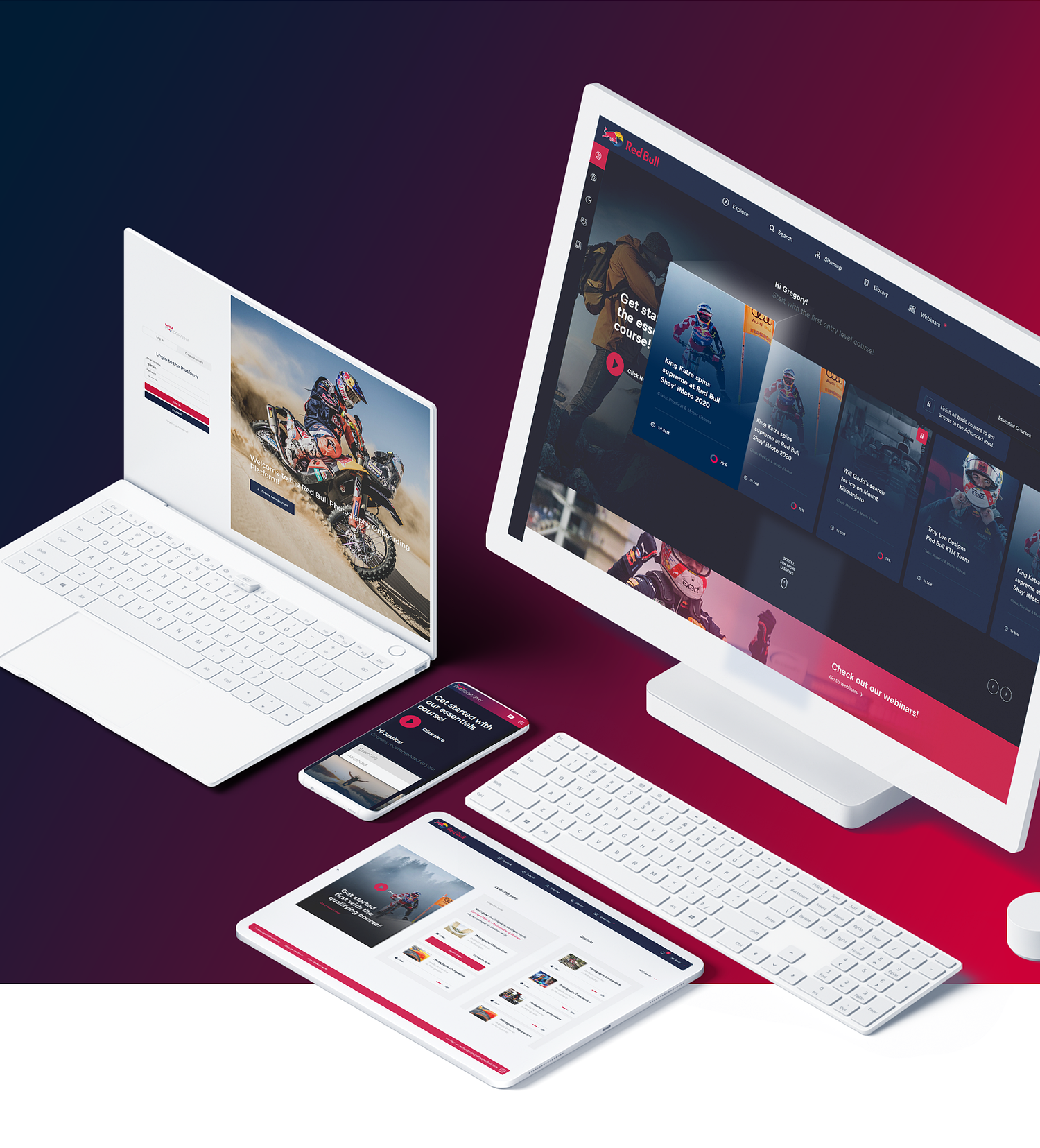Tips for delivering best e-learning experience
In the last few years, so many organizations are adopting a new method of training known as learner-first digital training, which is a simple e-training that focuses on the learner for the best e-learning experience.
This is because a lot of firms have realized the benefits that this training method offers to their employees as opposed to the tools-first model that focuses on tools for delivering the training rather than the e-learners.
E-Learning Agency, LMS Solution Platform E-Learning
The development of learner-first digital training involves four core phases: these phases include the following
Evaluation phase
Building phase
Designing phase and
Testing stages.
There are so many articles on the development of this training. However, this article focuses on the delivery of learner first-digital-training and highlights important tips for achieving the most efficient form of training.
LMS e-learning Platform
Read on to find out more
1) The rollout model
One of the top focus when delivering e-learner-first training is the rollout model. In this method, a course could be completely held online or offline, fixed, or self-paced. However, what is more, important is the flexibility of the program. In addition, the nature of the delivery of digital training programs could be the fixed delivery model and the rolling delivery model.
With the rolling delivery model, learners can individually start and complete programs according to the established timelines.
For the fixed delivery model, all learners have to start and end the program, according to the established programs, at the same time.
Before the delivery of a digital training program, identify the different elements of its delivery and ensure that they are adapted according to the clients’ needs.
e-Learning Agency, content development video
2) The required technology
In addition, it is vital to ensure that the required technology for the delivery of the digital training program is available.
These technologies include some common tools required for the delivery of training programs, including e-learning management systems, video conferencing tools, and email platforms.
Some training programs also require webinars and email communications. Identify the tools needed for the efficient delivery of the training program and get the required access.
3) Training structure
Furthermore, effective training structures and grouping are required for the excellent delivery of learner-first training programs and monitoring of training activities. Therefore, it is vital to determine the most effective structure and grouping for the training.
After establishing the training structure and grouping, also determine and create the most efficient means of establishing consistency across the different learner groups.
While establishing the training structure, ensure that you focus on both the learner and trainer side.
Learning groups should be equipped with sufficient training for the delivery of the training content and subsequent monitoring.
4) Training timeline
After establishing the rollout model of the e-learning training, determining the required tools, and creating the required structures, establishing the training timelines is next.
Training programs could be delivered as a whole or in bulk. Establish how the program will be delivered before it is started.
Will the training be delivered in components? Are there clear timelines for each of the components? Will there be a need for refresher training? Are there clear timelines for the refresher training?
The above questions will guide you in establishing a clear timeline for your training, which is an important component for achieving total efficiency.




